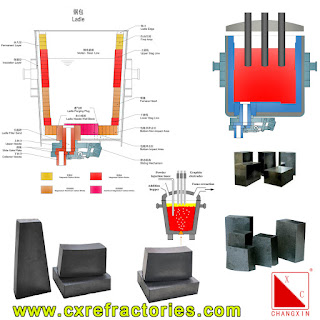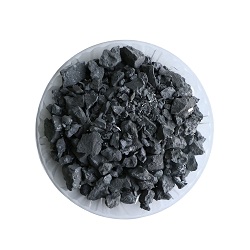Compared with ordinary continuous casting, high-efficiency continuous casting has stricter requirements for molten steel; it is mainly reflected in several aspects:
(1) Temperature: Compared with conventional continuous casting, the residence time of high-efficiency continuous casting molten steel in the mold is shortened by 1/3-1/4. In order to obtain the same thickness of the shell, in addition to further strengthening the cooling capacity of the mold , to ensure that the low temperature molten steel is a necessary pouring condition, and the high molten steel temperature will also aggravate the secondary oxidation and the corrosion of the lining. Too low temperature can also cause quality defects. Low temperature casting and strict temperature control are the prerequisites for efficient continuous casting.
(2) Chemical composition: High-efficiency continuous casting requires strict control of the chemical composition of molten steel. If multiple furnaces are continuously poured, the difference in carbon content between furnaces is required to be less than 0.02%, and the Mn/S ratio, S and P contents should be strictly controlled within the required range.
(3) Cleanliness: As the market has higher and higher requirements for steel quality, higher requirements have been placed on the cleanliness of steel. For example, the total content of five major elements of phosphorus, sulfur, oxygen, nitrogen and hydrogen in Pohang deep-drawing steel in South Korea has been reduced to 0.008%. The cleanliness of molten steel is not only reflected in smelting, but also clean pouring, that is, molten steel protection during the pouring process, is also an important guarantee for efficient continuous casting.
We Changxing Refractory Material Co.,LTD is professional manufacturer and supplier of refractory materials for more than 30 years. Our high quality refractory products are good sold to many countries say South Africa, Bangladesh, Indonesia, Malaysia, etc. Shall any interests, welcome to contact us. Our team would make best to be your reliable partner!
Article Source:What are the requirements of high-efficiency continuous casting for molten steel?
Company name: Henan Changxing Refractory Materials Co.,Ltd
More refractory products:https://www.cxrefractories.com/en-product-solution
Email:info@cxrefractories.com
Website:https://www.cxrefractories.com






